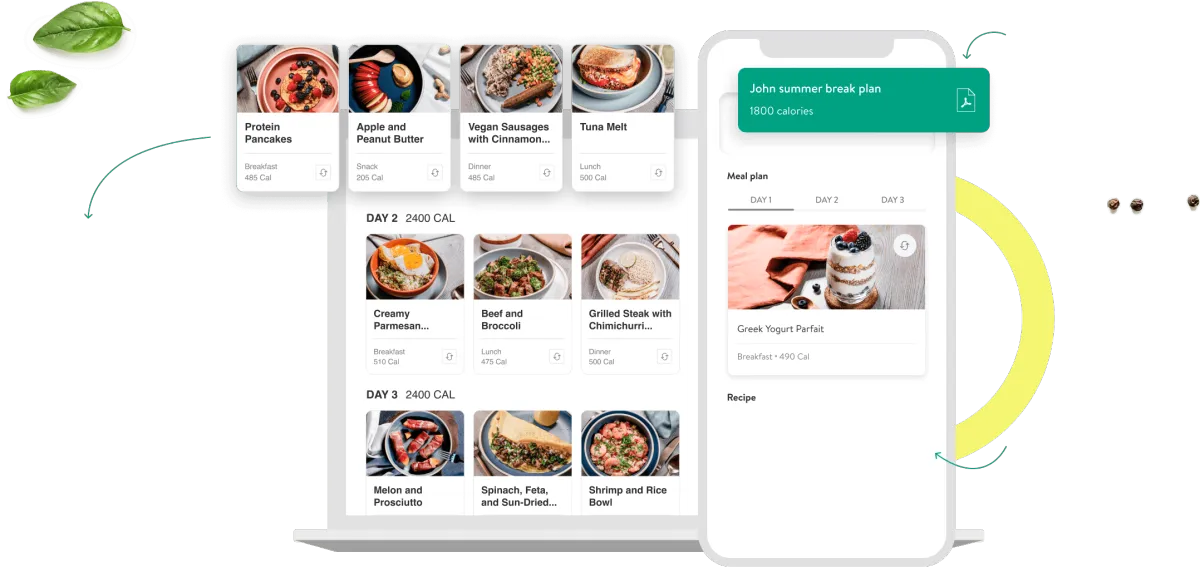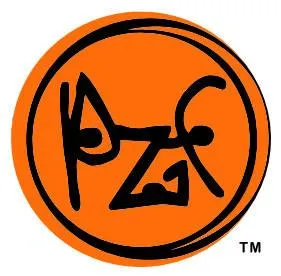BLOGS | PEAK ZONE FITNESS

What You Need To Know About Insulin And Carbs
“Insulin is not a cure for diabetes; it is a treatment. It enables the diabetic to burn sufficient carbohydrates, so that proteins and fats may be added to the diet in sufficient quantities to provide energy for the economic burdens of life.” - Frederick Banting
What You Need To Know About Insulin And Carbs:
Peak Zone Fitness offers optimum cardio and strength training to get you into shape and to stay there. But there’s more to working out than going to the best gym in Lake Highlands. Understanding what and how to eat is key to achieving your goals, whether that is slimming down or bulking up your physique, which brings us to a primer about the basics of metabolism.
Insulin is the hormone that drives glucose out of the bloodstream and into cells to give them energy. But insulin is more complicated than that. It’s also involved in building muscle.
Two states of function
Your body has two states it fluctuates between – building muscle (anabolic) and breaking down muscle and fat (catabolic). Your body is always doing one or the other. Essentially, our bodies are always working towards getting smaller or larger.
Insulin is anabolic
We need insulin to build muscle and stimulate muscle proteins. However, fat gain goes hand in hand with higher insulin levels. The higher the insulin level, the easier it is to gain fat. The challenge is to learn how to spike insulin to recover from workouts and grow muscle and how to minimize it to stay lean.
The link between insulin and weight gain
When you produce insulin, glucose is able to enter your cells, and glucose levels in your blood drop. This is the overall goal. But if you take in more calories than you need, your blood will carry more glucose than the cells need. Glucose that your cells can’t use turns into fat.

Four rules to building muscle and burning fat! 👊
1. Know the Glycemic Index of what you’re eating
The glycemic index of each food represents how fast it is converted into glucose in your blood stream and has the biggest effect on your insulin levels. Low glycemic index foods move slowly into the blood stream, keeping insulin levels more consistent. The best balance of insulin should be maintained by a steady flow of low glycemic index foods, as needed, based on your activity levels. Low-carb diets have been shown to reduce insulin levels in people with obesity, diabetes, metabolic syndrome, and polycystic ovary syndrome, according to Healthline.com.
Common high glycemic-index and low glycemic-index foods:
Foods That Cause High Levels of Blood Sugar and Insulin (AVOID)
White rice
Corn muffin
Cliff Bar/granola bars
Granulated sugar and foods laden with sugar or corn syrup, including candy, doughnuts, cookies, pastries, soda, etc.
Potatoes (except sweet potato)
Boiled carrots
Microwave popcorn
Anything with white flour, such as bread, bagels, pasta, and pretzels.
Cream of Wheat
Melons, mangoes, pineapple, parsnips, and pumpkin
Foods that Keep Blood Sugar and Insulin Levels Stable (CONSUME)
1. Most fruits
2. Most beans and legumes
3. Most nuts
4. Most meats, poultry, and fish
5. Most raw vegetables, including raw carrots
6. Brown rice
7. Oatmeal
8. Sweet potato
9. Plain low fat/nonfat yogurt or milk
10. Tofu
2. Know when to go high
If you're looking to lower body fat there are only two times per day when it’s OK to eat high glycemic index foods: breakfast (only when trying to gain weight) and within one hour of a workout.
3. Get help from protein
Whey protein will also spike your insulin, so taking a larger dose (usually double) after a workout will give your craving muscles a much-needed boost. Take the recommended serving size (usually 25-30 grams) at other times in the day to reach your protein count for the day. If you're feeling bloated, taking a Casein Protein plus a low glycemic index carb will do the same thing but at a slightly slower rate.
4. Portion control
Eating too much at one meal, a.k.a. stuffing yourself, can spike insulin and blood sugar levels. Eat moderately-sized meals with snacks in between in order to maintain healthy insulin and blood sugar levels.
REMEMBER
The ultimate weight loss tool is to manage calories in versus calories out throughout the day!
Peak Zone Fitness
10531 E. Northwest Hwy, Suite A, Dallas, Texas 75238
(469) 706-3548
support@peakzonefitness.com
Terms of Use | Privacy Policy
Copyright 2024 - - All Rights Reserved
NOT FACEBOOK™: This site is not a part of the Facebook™ website or Facebook Inc. Additionally, This site is NOT endorsed by Facebook™ in any way. FACEBOOK™ is a trademark of FACEBOOK™, Inc.
We use cookies, including third-party cookies, on this website to help operate our site and for analytics and advertising purposes. For more on how we use cookies and your cookie choices, go here for our cookie policy!
Legal and Regulatory Earnings and Results Disclaimer
“The financial information, strategies, and projections provided on our website, products, or services are intended for educational and informational purposes only. Past performance is not indicative of future results, and individual success may vary. We cannot guarantee that you will achieve similar outcomes or results by following the information, advice, or strategies shared on our platform. We are not responsible for any financial decisions or actions you take based on the information provided. It is your responsibility to conduct your own research and consult with a qualified financial professional before making any investment or financial decisions.
Our company disclaims any liability for losses or damages that may arise directly or indirectly from the use or reliance on the information provided. By using our website, products, or services, you agree to assume all risks associated with such use and to release our company, its affiliates, and partners from any claims, damages, or liabilities that may arise from your financial decisions.”
Testimonial Disclaimer
“The testimonials presented on our website, products, or services reflect the individual experiences of our customers and are provided for illustrative purposes only. They are not intended to guarantee, promise, or represent that all customers will achieve the same or similar results. Individual results and experiences may vary, and the outcomes mentioned in the testimonials should not be considered typical or standard. Our company does not verify the accuracy or authenticity of the testimonials, and they should be viewed as subjective opinions provided voluntarily by our customers. We cannot assure that every customer will have a similar experience or achieve the same level of satisfaction. By using our website, products, or services, you acknowledge and agree that our company is not responsible for any decisions or actions you take based on the testimonials provided.”

